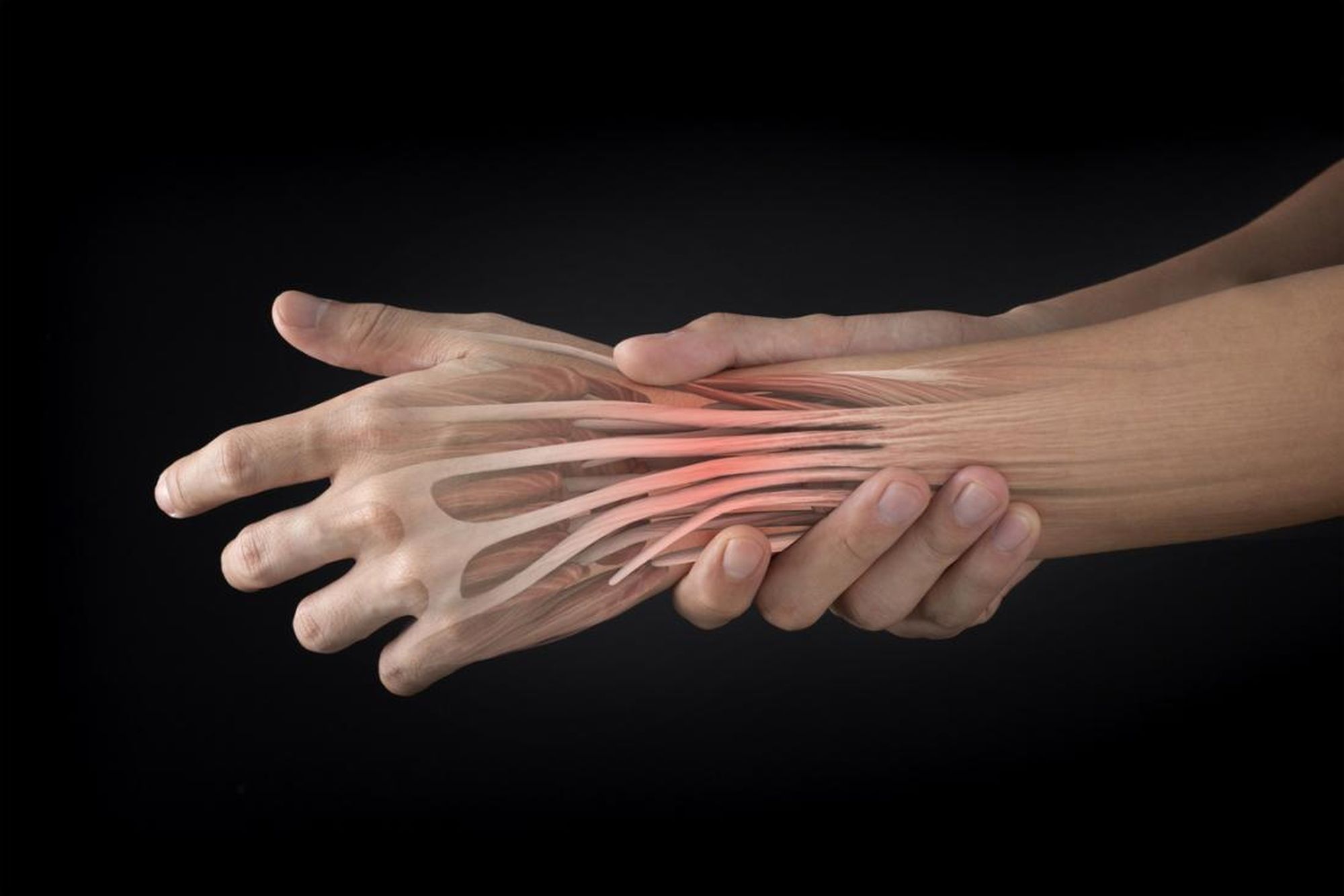
What is the extensor digitorum longus? The extensor digitorum longus is a muscle in your lower leg that helps you lift your toes and foot. It runs along the front of your shin and connects to the toes. This muscle plays a crucial role in walking, running, and balancing. When you flex your foot upwards or extend your toes, you're using the extensor digitorum longus. Injuries or issues with this muscle can lead to difficulties in movement and may require physical therapy. Understanding its function can help you appreciate the complexity of our body's movements and the importance of maintaining muscle health.
What is the Extensor Digitorum Longus?
The extensor digitorum longus (EDL) is a muscle located in the lower leg. It plays a crucial role in extending the toes and dorsiflexing the foot. Let's dive into some fascinating facts about this important muscle.
-
The EDL is one of the key muscles involved in lifting the toes upward, a movement known as dorsiflexion.
-
It originates from the lateral condyle of the tibia, the upper part of the fibula, and the interosseous membrane.
-
The muscle inserts into the middle and distal phalanges of the four lesser toes.
-
The EDL is innervated by the deep peroneal nerve, which is a branch of the common peroneal nerve.
-
Blood supply to the EDL comes from the anterior tibial artery.
Functions of the Extensor Digitorum Longus
Understanding the functions of the EDL can help appreciate its importance in daily activities and athletic performance.
-
The primary function of the EDL is to extend the four lesser toes, which helps in walking and running.
-
It also assists in dorsiflexion of the foot, which is essential for activities like climbing stairs and jumping.
-
The EDL helps maintain balance by stabilizing the foot during various movements.
-
It plays a role in preventing foot drop, a condition where the front part of the foot drags on the ground.
-
The muscle aids in the clearance of the foot during the swing phase of gait, ensuring smooth and efficient walking.
Anatomy and Structure
The anatomy of the EDL is quite intricate, involving various tendons and connections.
-
The EDL has four tendons that extend to the second, third, fourth, and fifth toes.
-
Each tendon splits into three slips: a central slip that attaches to the middle phalanx and two lateral slips that attach to the distal phalanx.
-
The muscle fibers of the EDL are long and slender, designed for quick and efficient movements.
-
The EDL works in conjunction with other muscles like the tibialis anterior and extensor hallucis longus to perform complex foot movements.
-
The muscle is encased in a sheath that reduces friction and allows smooth gliding of the tendons.
Common Injuries and Conditions
The EDL, like any other muscle, can be prone to injuries and conditions that affect its function.
-
Overuse of the EDL can lead to tendinitis, characterized by pain and inflammation in the tendons.
-
A common injury associated with the EDL is a strain, which occurs when the muscle fibers are overstretched or torn.
-
Compartment syndrome, a condition where pressure builds up within the muscles, can affect the EDL and cause severe pain and swelling.
-
Foot drop, often resulting from nerve damage, can impair the function of the EDL and lead to difficulty in lifting the front part of the foot.
-
Proper warm-up and stretching exercises can help prevent injuries to the EDL.
Strengthening and Rehabilitation
Strengthening and rehabilitating the EDL is essential for maintaining its function and preventing injuries.
-
Toe raises and ankle dorsiflexion exercises can help strengthen the EDL.
-
Resistance band exercises targeting the lower leg muscles can improve the strength and flexibility of the EDL.
-
Physical therapy can be beneficial for individuals recovering from EDL injuries, focusing on restoring strength and range of motion.
-
Incorporating balance and proprioception exercises can enhance the overall function of the EDL and prevent future injuries.
-
Regular stretching of the calf muscles and the EDL can maintain flexibility and reduce the risk of strains.
-
Proper footwear that provides adequate support and cushioning can help protect the EDL during physical activities.
Final Thoughts on Extensor Muscles
Extensor muscles play a crucial role in our daily movements. They help us perform actions like straightening our arms, standing up, and even typing on a keyboard. Without these muscles, simple tasks would become incredibly difficult. Understanding their function can help us appreciate the complexity of our bodies and the importance of maintaining muscle health. Regular exercise, proper nutrition, and stretching can keep these muscles strong and flexible. If you experience pain or discomfort in these areas, consulting a healthcare professional is a good idea. Knowledge about extensor muscles isn't just for athletes or fitness enthusiasts; it's valuable for everyone. So, next time you extend your arm to grab something, remember the hardworking extensor muscles making it possible. Stay informed, stay active, and take care of your body.
Was this page helpful?
Our commitment to delivering trustworthy and engaging content is at the heart of what we do. Each fact on our site is contributed by real users like you, bringing a wealth of diverse insights and information. To ensure the highest standards of accuracy and reliability, our dedicated editors meticulously review each submission. This process guarantees that the facts we share are not only fascinating but also credible. Trust in our commitment to quality and authenticity as you explore and learn with us.
